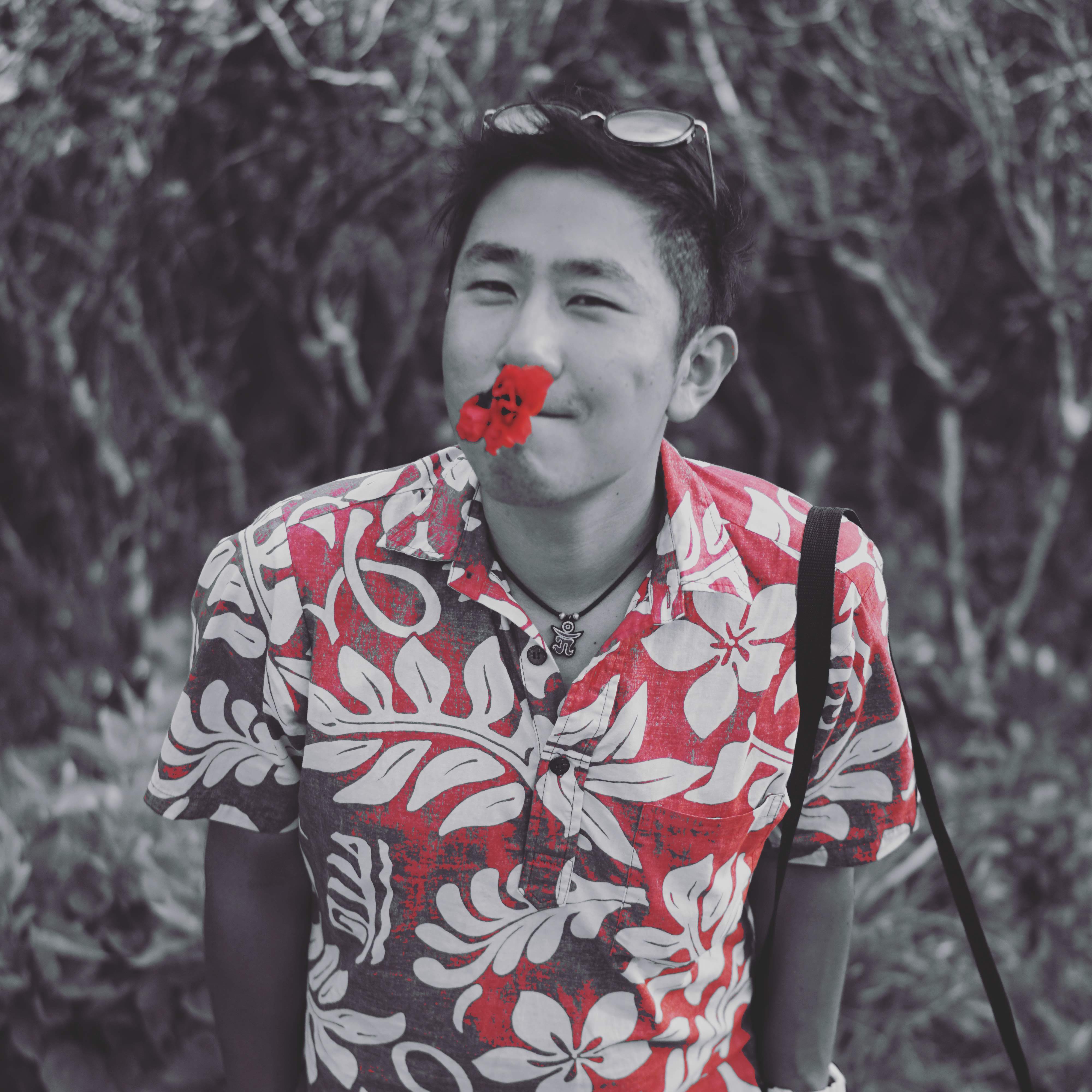Presentation @ Ubiquitous Robots 2018 (UR2018)
A few months ago, I attended a conference called UR 2018 (Ubiquitous Robots). I presented one of my works [1] about (kind of) computational creativity. This project started when I first joined the PhD Program. Due to some reasons, it has been discontinued for several years and I recently started again. I couldn’t develop it further (yet). Still, there is some interesting stuff that I’d like to share.
Overview
So the goal of the study was to make a robot which can learn some basic actions and also generate novel (and creative) actions from these learned actions. So, I focused on the two things:
- How can a robot generate novel actions?
- There was a previous study which used a dynamic neural network model to create novel actions of a robot. In line with that study, I assumed that novel actions can emerge from non-linear memory dynamics.
- This machine learning approach to computational creativity provides a suitable platform to investigate creativity in relation to knowledge.
- What are novel and creative actions? How can it be differentiated from some random (or noisy) actions?
- I couldn’t find nice measures of creativity that I can use for this study. So I tried to measure the level of creativity of the robot’s action in terms of three aspects: appropriateness, novelty, and diversity
- Appropriateness: The actions should be usable (e.g., it should change over time. Otherwise, it’s just static posture. It shouldn’t be changing too fast. Otherwise, it might damage the robot’s actuators)
- Novelty: The actions generated from the network should be different from the learned actions.
- Diversity: The actions generated from the network should be different each other.
- I couldn’t find nice measures of creativity that I can use for this study. So I tried to measure the level of creativity of the robot’s action in terms of three aspects: appropriateness, novelty, and diversity
To be continued.. :)s
Reference
[1] Hwang, J., & Tani, J. (2018). A Dynamic Neural Network Approach to Generating Robot’s Novel Actions: A Simulation Experiment. Presented at the 15th International Conference on Ubiquitous Robots (UR2018).

